25 Important Schemes Launched by Modi Government
In 2014, when the Bharatiya Janata Party in the country gave the responsibility of taking charge of the post of Prime Minister to Narendra Damodar Das Modi. After this, seeing the popularity of the Prime Minister, this government became known as Modi government. This government launched different schemes in the interest of the citizens of the country. Some of those schemes were new, some old plans were changed and some old schemes were discontinued.
We have prepared a list of important centrally sponsored schemes by the Modi government. Narendra Modi has launched several welfare schemes since 2014. These schemes are welfare according to the interests of farmers, housewives, laborers, students to small shopkeepers etc. So let’s know about some of the major schemes of the Modi government –
Swachh Bharat mission
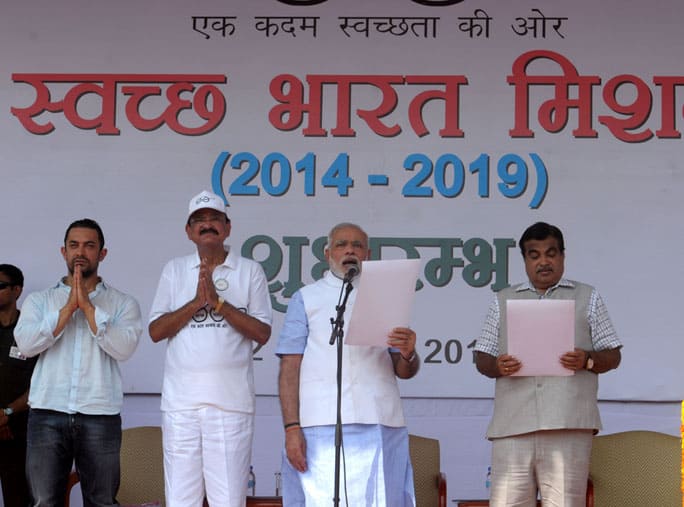
Swachh Bharat Mission (SBM), Swachh Bharat Abhiyan (SBA), or Clean India Mission is a country-wide campaign initiated by the Government of India in 2014 to eliminate open defecation and improve solid waste management (SWM). Phase 1 of the mission lasted till October 2019. Phase 2 will be implemented between 2020-21 and 2024-25.Initiated by the Government of India, the mission aimed to achieve an “open-defecation free” (ODF) India by 2 October 2019, the 150th anniversary of the birth of Mahatma Gandhi. The objectives of the first phase of the mission also included eradication of manual scavenging, generating awareness and bringing about a behavior change regarding sanitation practices, and augmentation of capacity at the local level. The second phase of the mission aims to sustain the open defecation free status and improve the management of solid and liquid waste. The mission is aimed at progressing towards target 6.2 of the Sustainable Development Goals Number 6 established by the United Nations in 2015.
The campaign’s official name is in Hindi. In English, it translates to “Clean India Mission”. The campaign was officially launched on 2 October 2014 at Rajghat, New Delhi by Prime Minister Narendra Modi. It is India’s largest cleanliness drive to date with three million government employees and students from all parts of India participating in 4,043 cities, towns, and rural communities. At a rally in Champaran, the Prime minister called the campaign Satyagrah se Swachhagrah in reference to Gandhi’s Champaran Satyagraha launched on 10 April 1916.The mission was split into two: rural and urban. In rural areas “SBM – Gramin” was financed and monitored through the Ministry of Drinking Water and Sanitation; whereas “SBM – urban” was overseen by the Ministry of Housing and Urban Affairs.As part of the campaign, volunteers, known as Swachhagrahis, or “Ambassadors of cleanliness”, promoted indoor plumbing and community approaches to sanitation (CAS) at the village level. Other activities included national real-time monitoring and updates from non-governmental organizations (NGOs) such as The Ugly Indian, Waste Warriors, and SWaCH Pune (Solid Waste Collection and Handling).The government provided subsidy for construction of nearly 110 million toilets between 2014 and 2019, although many Indians especially in rural areas choose to not use them. The campaign was criticized for using coercive approaches to force people to use toilets. Many households were threatened with a loss of benefits such as access to electricity or food entitlements through the public distribution system.
Read More About Swachh Bharat mission / Source
Skill India Mission
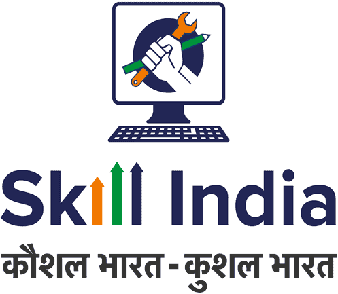
Skill India or the National Skills Development Mission of India is a campaign launched by Prime Minister Narendra Modi. It is managed by the National Skills Development Corporation of India.
Various initiatives under this campaign are:
National Skill Development Mission
National Policy for Skill Development and Entrepreneurship, 2015
Pradhan Mantri Kaushal Vikas Yojana (PMKVY)
Skill Loan scheme
Rural India Skill
Read More About Skill India Mission / Source
Pradhan Mantri Jeevan Jyoti Bima Yojana

Pradhan Mantri Jeevan Jyoti Bima Yojana (english translation: Prime Minister Jeevan Jyoti Insurance Scheme) is a government-backed Life insurance scheme in India. It was originally mentioned in the 2015 Budget speech by Finance Minister Arun Jaitley in February 2015. It was formally launched by Prime Minister Narendra Modi on 9 May in Kolkata. As of May 2015, only 20% of India’s population has any kind of insurance, this scheme aims to increase the number.Pradhan Mantri Jeevan Jyoti Bima Yojana is available to people between 18 and 50 years of age with bank accounts. It has an annual premium of ₹330 (US$4.60). The GST is exempted on Pradhan Mantri Jeevan Jyoti Bima Yojana. The amount will be automatically debited from the account. In case of death due to any cause, the payment to the nominee will be ₹2 lakh (US$2,800). This scheme will be linked also to the bank accounts opened under the Pradhan Mantri Jan Dhan Yojana scheme. Most of these account had zero balance initially. The government aims to reduce the number of such zero balance accounts by using this and related schemes.Now all Bank account holders can avail this facility through their net-banking service facility or filling a form at the bank branch at any time of the year.The premium is deducted automatically from the insured’s bank account. Insured’s family members will receive a sum insured of 2 lac Rupees after insured’s death.
Read More About Pradhan Mantri Jeevan Jyoti Bima Yojana / Source
Setu Bharatam Yojana
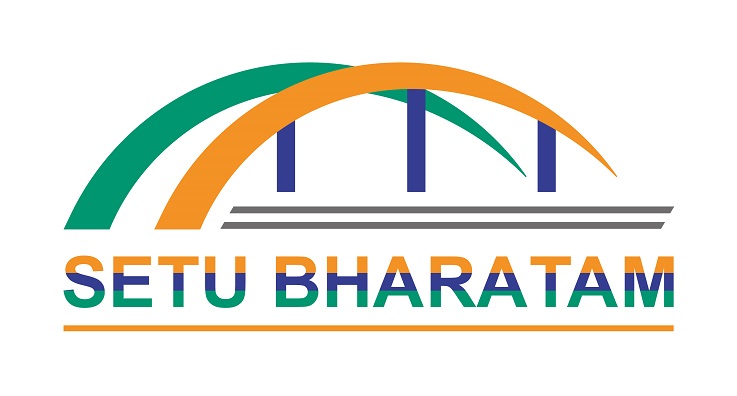
Setu Bharatam was launched by Prime Minister Narendra Modi on 4 March 2016 at a budget of ₹102 billion (US$1.4 billion), with an aim to make all national highways free of railway crossings by 2019.
Under the project, as many as 208 rails over and under bridges (ROBs/RUBs) would be constructed at unmanned railway crossings on national highways and 1,500 dilapidated British-era bridges would be widened, rehabilitated or replaced in a phased manner at a cost of ₹208 billion (US$2.9 billion) and ₹300 billion (US$4.2 billion), respectively.
Setu Bharatam programme aims to make all National Highways free of railway level crossings by 2019. This is being done to prevent the frequent accidents and loss of lives at level crossings. 208 Railway Over Bridges (ROB)/Railway Under Bridges (RUB) will be built at the level crossings at a cost of ₹20,800 crore as part of the programme.
Read More About Setu Bharatam Yojana / Source
Gram Uday Se Bharat Uday Abhiyan
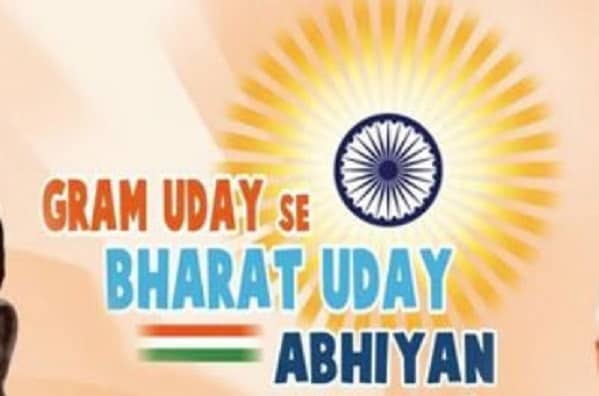
The Prime Minister launched the ‘Village Uday Se Bharat Uday Abhiyan’ at a public meeting held in Mhow. The Prime Minister said that it is his privilege that he is in Mhow on this auspicious day. He recalled on this occasion that Dr. Ambedkar had fought against injustice in the society. The Prime Minister said that he had fought for equality and respect.The Prime Minister said that under the ‘Uday Abhiyan Bharat Uday Abhiyan’, which will run from April 14 to April 24, 2016, focus will be on development works in villages. He said that this year’s Union Budget is dedicated to farmers and villages. He said that development initiatives should be focused on rural development.
Read More About Gram Uday Se Bharat Uday Abhiyan / Source
Make In India
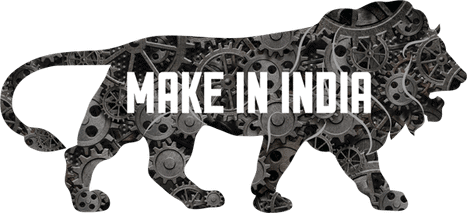
Make in India is an initiative by the Government of India to encourage companies to manufacture in India and incentivize dedicated investments into manufacturing. The policy approach was to create a conducive environment for investments, develop a modern and efficient infrastructure, and open up new sectors for foreign capital. The initiative targeted 25 economic sectors for job creation and skill enhancement, and aimed “to transform India into a global design and manufacturing hub.””Make in India” had three stated objectives:
to increase the manufacturing sector’s growth rate to 12-14% per annum;
to create 100 million additional manufacturing jobs in the economy by 2022;
to ensure that the manufacturing sector’s contribution to GDP is increased to 25% by 2022 (later revised to 2025).After the launch, India gave investment commitments worth ₹16.40 lakh crore (US$230 billion) and investment inquiries worth of ₹1.5 lakh crore (US$21 billion) between September 2014 to February 2016. As a result, India emerged as the top destination globally in 2015 for foreign direct investment (FDI), surpassing the United States and China, with US$60.1 billion FDI.
As per the current policy, 100% Foreign Direct Investment (FDI) is permitted in all 100 sectors, except for Space industry (74%), defence industry (49%) and Media of India (26%). Japan and India had also announced a US$12 billion ‘Japan-India Make-in-India Special Finance Facility” fund to push investment.In line with the Make in India, individual states too launched their own local initiatives, such as ‘Make in Odisha,’ ‘Tamil Nadu Global Investors Meet,’ ‘Vibrant Gujarat,’ ‘Happening Haryana’ and ‘Magnetic Maharashtra.’ India received US$60 billion FDI in FY 2016–17. The World Bank’s 2019 Ease of Doing Business report acknowledges India’s jump of 23 positions against its rank of 100 in 2017 to be placed now at 63rd rank among 190 countries. By the end of 2017, India had risen 42 places on Ease of doing business index, 32 places World Economic Forum’s Global Competitiveness Index, and 19 notches in the Logistics Performance Index, thanks to recent governmental initiatives, which include converges, synergies and enables other important Government of India schemes, such as Bharatmala, Sagarmala, Dedicated Freight Corridors, Industrial corridors, UDAN-RCS, Bharat Broadband Network, Digital India.
Make in India has not yet achieved its goals. The growth rate of manufacturing averaged 6.9% per annum between 2014-15 and 2019-20. The share of manufacturing dropped from 16.3% of GDP in 2014-15 to 15.1% in 2019-20.
Read More About Make In India / Source
Beti Bachao, Beti Padhao Yojana
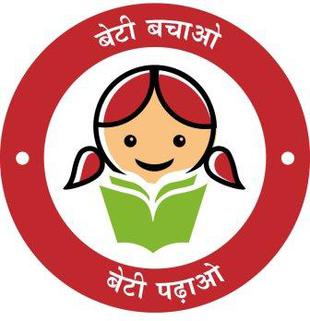
Beti Bachao, Beti Padhao (transl. Save the girl child, educate the girl child) is a campaign of the Government of India that aims to generate awareness and improve the efficiency of welfare services intended for girls in India. The scheme was launched with an initial funding of ₹100 crore (US$14 million). It mainly targets the clusters in Uttar Pradesh, Haryana, Uttarakhand, Punjab, Bihar and Delhi.According to census data in India, the child sex ratio (0–6 years) in India was 927 girls per 1,000 boys in 2001, which dropped to 918 girls for every 1,000 boys in 2011. A 2012 UNICEF report ranked India 41st among 195 countries. In the Population Census of 2011 it was revealed that the population ratio of India 2011 is 919 females per 1000 of males. The Sex Ratio 2011 shows a downward trend from the census 2001 data.
Speaking on the occasion of International Day of the Girl Child in 2014, the Prime Minister, Narendra Modi had called for the eradication of female foeticide and invited suggestions from the citizens of India via the MyGov.in portal.The Beti Bachao, Beti Padhao (BBBP) [1] scheme was launched on 22 January 2015 by PM Narendra Modi. It aims to address the issue of the declining child sex ratio image (CSR) and is a national initiative jointly run by the Ministry of Women and Child Development, the Ministry of Health and Family Welfare and the Ministry of Education. It initially focused multi-sector action in 100 districts throughout the country where there was a low CSR.
On 26 August 2016, Olympics 2016 bronze medallist Sakshi Malik was made brand ambassador for BBBP.The hashtag #SelfieWithDaughter was promoted on social media in June 2015, which started when Sunil Jaglan the sarpanch of the village Bibipur, Jind in Haryana took a selfie with his daughter Nandini and posted on Facebook on 9 June 2015. The hashtag garnered worldwide fame.
Read More About Beti Bachao, Beti Padhao Yojana / Source
Sansad Adarsh Gram Yojana

Sansad Adarsh Gram Yojana (abbr. – SAGY) is a rural development programme broadly focusing upon the development in the villages which includes social development, cultural development and spread motivation among the people on social mobilization of the village community. The programme was launched by the Prime Minister of India, Narendra Modi on the birth anniversary of Jayaprakash Narayan, on 11 October 2014.
Read More About Sansad Adarsh Gram Yojana / Source
Heritage City Development and Augmentation Yojana (Hriday Yojana)
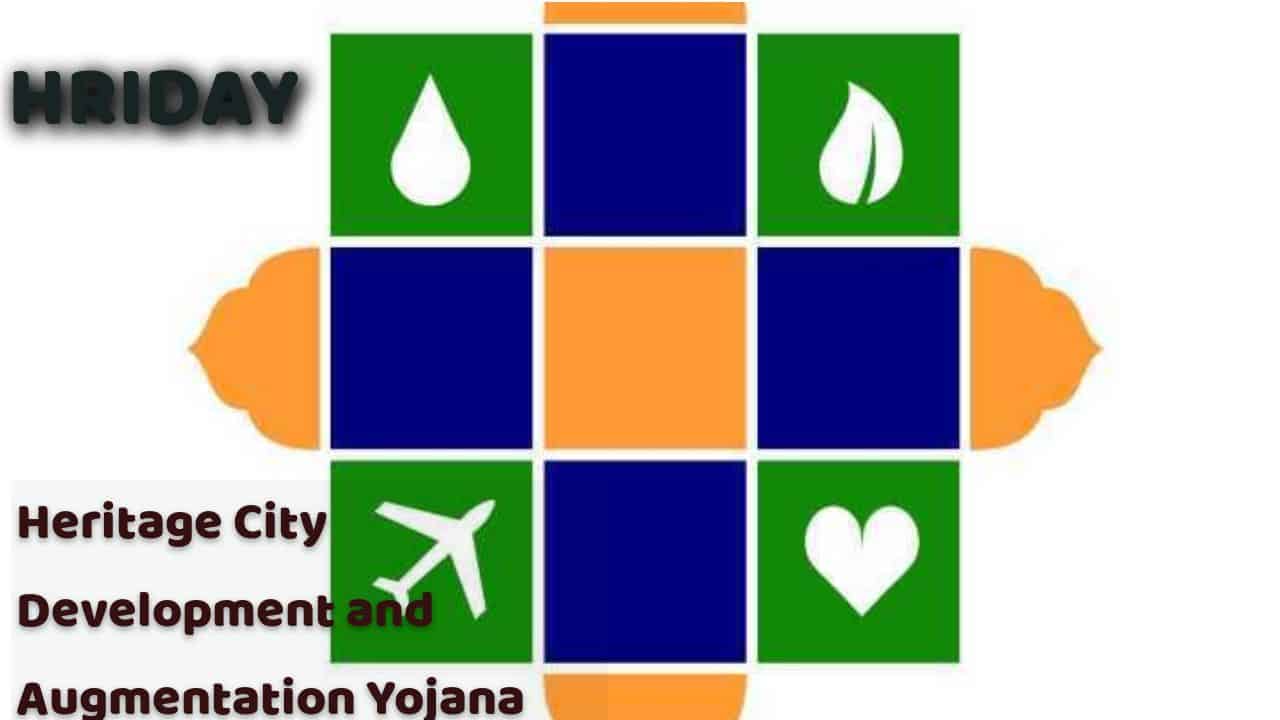
National Heritage City Development and Augmentation Yojana (HRIDAY) was launched on 21 January 2015 with the aim of bringing together urban planning, economic growth and heritage conservation in an inclusive manner to preserve the heritage character of each Heritage City.
The Scheme shall support development of core heritage infrastructure projects including revitalization of linked urban infrastructure for heritage assets such as monuments, Ghats, temples etc. along with reviving certain intangible assets. These initiatives shall include development of sanitation facilities, roads, public transportation & parking, citizen services, information kiosks etc.
With a duration of 4 years (completing in November 2018) and a total outlay of ₹500 crore (US$70 million), the Scheme is set to be implemented in 13 identified Cities namely, Ajmer, Amaravati, Amritsar, Badami, Dwarka, Gaya, Kanchipuram, Mathura, Puri, Varanasi, Velankanni, Vellore and Warangal.
Read More About Heritage City Development and Augmentation Yojana (Hriday Yojana) / Source
Pradhan Mantri Mudra Yojana

Pradhan Mantri Mudra Yojana is an Indian scheme under Mudra Bank, which was launched by Prime Minister of India, Narendra Modi on 8 April 2015 in New Delhi.
Under the intervention of Pradhan Mantri Mudra Yojana under Mudra Bank, it has three categories – Shishu, Kishore and Tarun.
Read More About Pradhan Mantri Mudra Yojana / Source
Pradhan Mantri Suraksha Bima Yojana
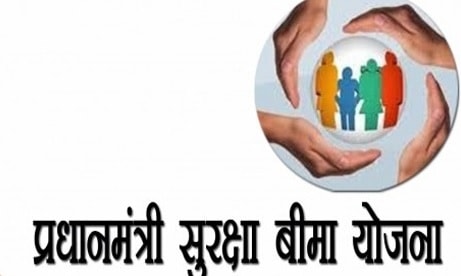
Pradhan Mantri Suraksha Bima Yojana (PMSBY, translation: Prime Minister’s Safety Insurance Scheme) is a government-backed accident insurance scheme in India. It was originally mentioned in the 2015 Budget speech by Finance Minister Late Arun Jaitley in February 2015. It was formally launched by Prime Minister Narendra Modi on 8 May in Kolkata.
Read More About Pradhan Mantri Suraksha Bima Yojana / Source
Smart Cities Mission
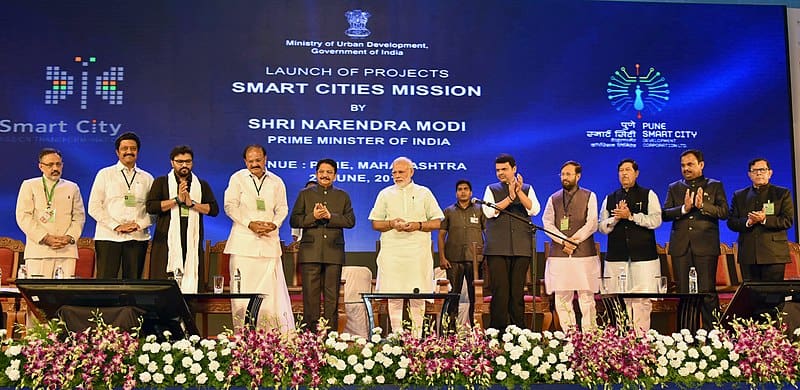
National Smart Cities Mission is an urban renewal and retrofitting program by the Government of India with the mission to develop smart cities across the country, making them citizen friendly and sustainable. The Union Ministry of Urban Development is responsible for implementing the mission in collaboration with the state governments of the respective cities. The mission initially included 100 cities, with the deadline for completion of the projects set between 2019 and 2023.
On 7 September 2019, the 10,000-acre Aurangabad Industrial City (AURIC) in Aurangabad, Maharashtra was inaugurated as the first greenfield industrial smart city of India.
Read More About Smart Cities Mission / Source
Start Up India

Startup India is an initiative of the Government of India. The campaign was first announced by Indian Prime Minister, Narendra Modi during his speech in 15 August 2015 address from the Red Fort, in New Delhi.The action plan of this initiative is focussing on three areas:
Simplification and Handholding.
Funding Support and Incentives.
Industry-Academia Partnership and Incubation.An additional area relating to this initiative is to discard restrictive States Government policies within this domain, such as License Raj, Land Permissions, Foreign Investment Proposals, and Environmental Clearances. It was organized by The Department for promotion of industry and internal trade (DPI&IT).A startup defined as an entity that is headquartered in India, which was opened less than 10 years ago, and has an annual turnover less than ₹100 crore (US$14 million). Under this initiative, the government has already launched the I-MADE program, to help Indian entrepreneurs build 10 lakh (1 million) mobile app start-ups, and the MUDRA Bank’s scheme (Pradhan Mantri Mudra Yojana), an initiative which aims to provide micro-finance, low-interest rate loans to entrepreneurs from low socioeconomic backgrounds. Initial capital of ₹20,000 crore (equivalent to ₹230 billion or US$3.2 billion in 2019) has been allocated for this scheme.
Read More About Start Up India / Source
Pradhan Mantri Ujjwala Yojana
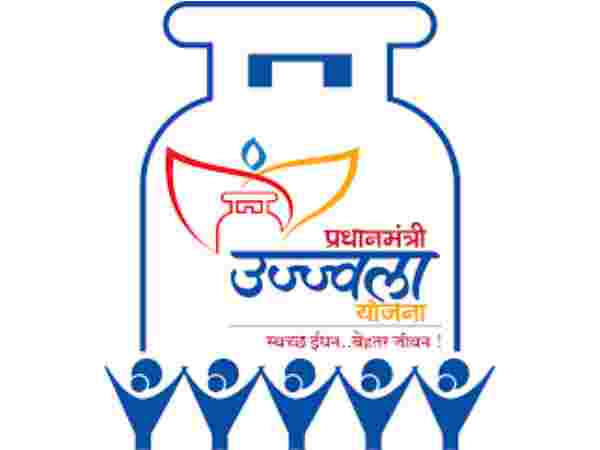
Pradhan Mantri Ujjwala Yojana (PMUY, translation: Prime Minister’s Lighting Scheme) was launched by Prime Minister of India Narendra Modi on 1 May 2016 to distribute 50 million LPG connections to women of Below Poverty Line (BPL) families. A budgetary allocation of ₹80 billion (US$1.1 billion) was made for the scheme. In the first year of its launch, the connections distributed were 22 million against the target of 15 million. As of 23 October 2017, 30 million connections were distributed, 44% of which were given to families belonging to scheduled castes and scheduled tribes. The number crossed 58 million by December 2018. In 2018 Union Budget of India, its scope was widened to include 80 million poor households. 21,000 awareness camps were conducted by oil marketing companies (OMC). The scheme led to an increase in LPG consumption by 56% in 2019 as compared to 2014. The highly popular scheme has benefited over 14.6 million BPL families in Uttar Pradesh, 8.8 million in West Bengal, 8.5 million in Bihar, 7.1 million in Madhya Pradesh and 6.3 million in Rajasthan. However, while access to LPG gas stoves and cylinders has increased in the scheme, the use of LPG cylinders remains low.At the 107th Indian Science Congress held in January 2020 in Bengaluru, Narendra Modi declared that technology has helped India “in recognizing the 8 crore [80 million] women who were still using coal or wood for cooking” and also “in understanding how many new distribution centres must be built, via the help of technology”.
Read More About Pradhan Mantri Ujjwala Yojana / Source
Pradhan Mantri Jan Dhan Yojana

Pradhan Mantri Jan Dhan Yojana (PMJDY, translation: Prime Minister’s People’s Wealth Scheme) is a financial inclusion program of the Government of India open to Indian citizens (minors of age 10 and older can also open an account with a guardian to manage it), that aims to expand affordable access to financial services such as bank accounts, remittances, credit, insurance and pensions. This financial inclusion campaign was launched by the Prime Minister of India Narendra Modi on 28 August 2014. He had announced this scheme on his first Independence Day speech on 15 August 2014.
Run by Department of Financial Services, Ministry of Finance, under this scheme 15 million bank accounts were opened on inauguration day. The Guinness Book of World Records recognized this achievement, stating: “The most bank accounts opened in one week as a part of the financial inclusion campaign is 18,096,130 and was achieved by the Government of India from August 23 to 29, 2014”. By 27 June 2018, over 318 million bank accounts were opened and over ₹792 billion (US$12 billion) were deposited under the scheme.
Read More About Pradhan Mantri Jan Dhan Yojana / Source
Shramev Jayate Yojana

The purpose of Shramev Jayate is to implement a project smoothly, increase the product and generate maximum employment, while also taking care of the interests of the workers and developing the enterprise of the industry.
Some highlights of the program…
1. There will be labor facility i.e. Unified Labor Portal under which 6-7 lakh industries will have the facility of self-certification and filling single online returns. There will also be a responsible labor inspection plan.
2. A UAN i.e. Universal Account Number will be available for the PPF of the workers, which will not change even after changing the company.
3. Vocational training facilities will be provided which will be decided according to local demand and requirements.
4. Apprentice incentive scheme will also be part of this, under which it will be easier for youth to get employment.
5. The National Health Insurance Scheme will also be applied to the workers in the unorganized sector.
Read More About Shramev Jayate Yojana / Source
Unnat Jyoti by Affordable LEDs and Appliances for All (UJALA)

Unnat Jyoti by Affordable LEDs for All (UJALA) was launched by Prime Minister of India Narendra Modi on 1 May 2015, replacing the “Bachat Lamp Yojana”. The project is spearheaded by the Energy Efficiency Services Limited. In non-subsidized LED lamp distribution projects, this program is considered the world’s largest. In May 2017, the Government of India announced that they were expanding the LED distribution project to the United Kingdom.
Read More About Unnat Jyoti by Affordable LEDs and Appliances for All (UJALA) / Source
Atal Pension Yojana

Atal Pension Yojana (APY, translation: Atal’s Pension Scheme), formerly known as Swavalamban Yojana (SY, translation: Self-Support Scheme) is a government-backed pension scheme in India, primarily targeted at the unorganised sector. It was mentioned in the 2015 Budget speech by the then Finance Minister Arun Jaitley. It was launched by Prime Minister Narendra Modi on 9 May in Kolkata.
Read More About Atal Pension Yojana / Source
Atal Mission for Rejuvenation and Urban Transformation (AMRUT)
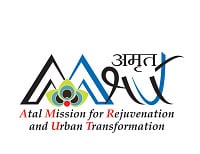
Atal Mission for Rejuvenation and Urban Transformation (AMRUT) was launched by Prime Minister of India Narendra Modi in June 2015 with the focus to establish infrastructure that could ensure adequate robust sewage networks and water supply for urban transformation by implementing urban revival projects. Rajasthan was the first state in the country to submit State Annual Action Plan under Atal Mission for Rejuvenation and Urban Transformation (AMRUT). The scheme Housing for All by 2022 and Atal Mission for Rejuvenation and Urban Transformation (AMRUT) were launched on the same day. The scheme is dependent with public–private partnership(PPP) model. If required, various other schemes like Swachh Bharat Mission, Housing for All 2022, along with the local state schemes like that related to water supply and sewerage and other infrastructure related schemes can be linked to AMRUT.
Read More About Atal Mission for Rejuvenation and Urban Transformation (AMRUT) / Source
Digital India Mission
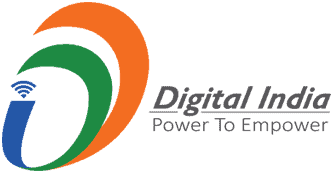
Digital India is a campaign launched by the Government of India in order to ensure the Government’s services are made available to citizens electronically by improved online infrastructure and by increasing Internet connectivity or making the country digitally empowered in the field of technology. The initiative includes plans to connect rural areas with high-speed internet networks. Digital India consists of three core components: the development of secure and stable digital infrastructure, delivering government services digitally, and universal digital literacy.
Launched on 1 July 2015, by Indian Prime Minister Narendra Modi, it is both enabler and beneficiary of other key Government of India schemes, such as BharatNet, Make in India, Startup India and Standup India, industrial corridors, Bharatmala, Sagarmala
As of 31 December 2018, India had a population of 130 crore people (1.3 billion), 123 crore (1.23 billion) Aadhaar digital biometric identity cards, 121 crore (1.21 billion) mobile phones, 44.6 crore (446 million) smartphones, 56 crore (560 million) internet users up from 481 million people (35% of the country’s total population) in December 2017, and 51 per cent growth in e-commerce.
Read More About Digital India Mission / Source
Gold Monetisation Scheme
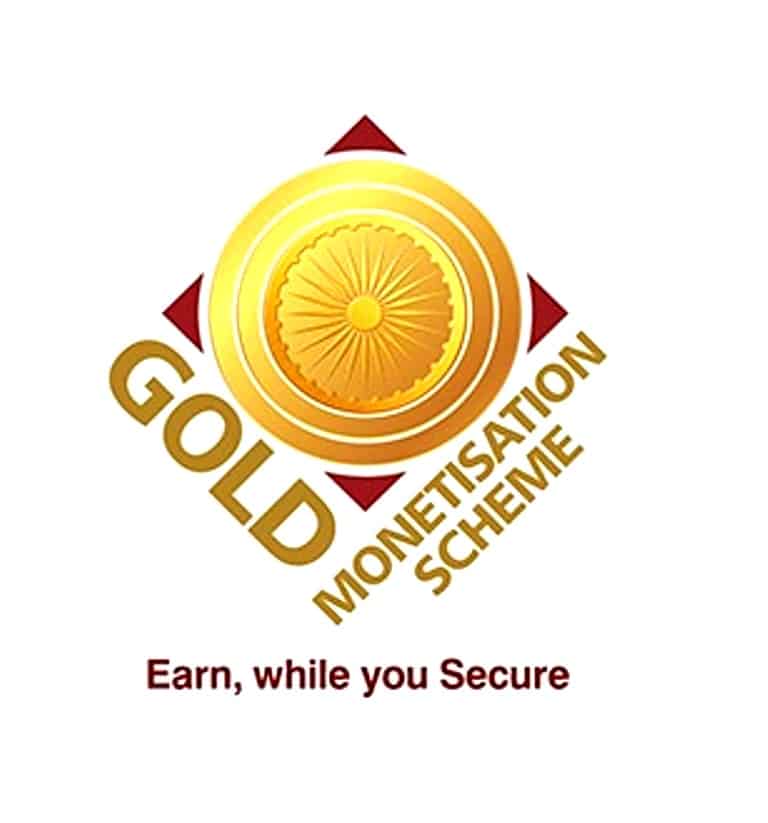
The Gold Monetization Scheme (Gold Monetization Scheme) is a scheme of the Government of India which was announced in the 2015-16 budget. This scheme has been introduced in place of the Gold Deposit Scheme (Gold Deposit Scheme). This scheme is in force from 5 November 2015. The objective of this scheme is to reduce the import of gold into India by using about 20000 tonnes of gold lying idle with households and other institutions in productive operations.At least 30 grams of gold will have to be deposited in this scheme. Under this scheme, the maximum amount of gold has not been determined, that is, the depositor can deposit gold from 30 grams to his will. The bank will pay interest to the customer against the gold deposited. The same rules will apply to this gold deposit account, which is usually on a deposit account. There will be no income tax or capital gains tax / tax on the interest received in lieu of this gold.
Read More About Gold Monetisation Scheme / Source
Sovereign Gold Bond Scheme

The Sovereign Gold Bond Scheme was announced in the Union Budget 2015-16, which has now been accepted. This scheme will reduce the demand for gold and the investment to purchase 300 tonnes of gold bars and coins every year can be put in gold bonds.
Gold demand in India is mostly met by imports. This scheme will help to limit the current account deficit of the country. The SGB will be released under the government’s market lending program for the period 2015-16 and beyond. The actual quantum of issuance will be decided by the Reserve Bank of India after consultation with the Finance Ministry. The risk of change in gold prices will be borne by the Gold Reserves Fund. This will benefit the government in reducing the cost of credit, which will be transferred to the gold reserves fund.
Read More About Sovereign Gold Bond Scheme / Source
Ujwal DISCOM Assurance Yojana (UDAY)
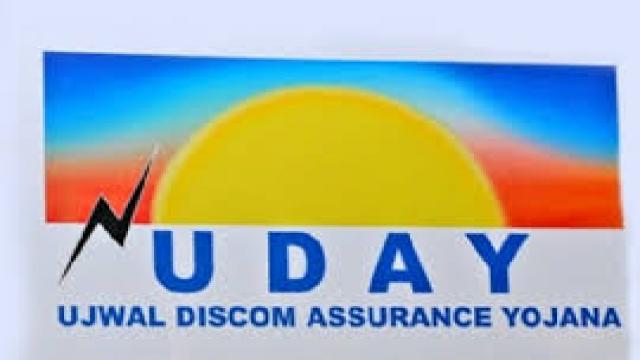
Ujjwal DISCOM Assurance Yojana (UDAY) is the financial turnaround and revival package for electricity distribution companies of India (DISCOMs) initiated by the Government of India with the intent to find a permanent solution to the financial mess that the power distribution is in. It allows state governments, which own the DISCOMs, to take over 75 percent of their debt as of September 30, 2015, and pay back lenders by selling bonds. DISCOMs are expected to issue bonds for the remaining 25 percent of their debt.
Read More About Ujwal DISCOM Assurance Yojana (UDAY) / Source
Namami Gange Yojana
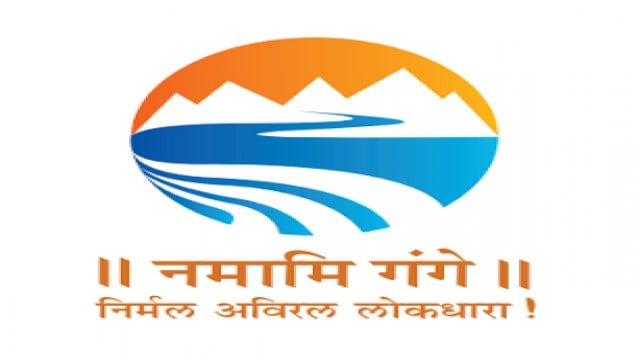
The government launched an integrated Ganga Conservation Mission called ‘Namami Gange’ to end pollution of the river Ganga and revive the river. It may be declared a national river, but it flows at the will of the states. The Union Cabinet approved the proposed action plan of the Center to quadruple the budget for river cleaning but to spend Rs. 20,000 crores on river cleaning by 2019-2020 and it has been proposed as a central plan with 100% central share. 231 schemes of Namami Gange project starting from Gangotri, renovation of old ghats at Haridwar, Kanpur, Allahabad, Banaras, Ghazipur, Ballia, Bihar and 6 places in Bengal, new ghats, changing rooms, toilets, seating area, sewage Treatment plant, oxidation plant bioremediation process, water treatment will be done. The village drains are also included in this. Also, what will be the effect of the ponds on the linkage of Ganga.
Read More About Namami Gange Yojana / Source
Stand Up India

Stand-Up India was launched by Government of India on 5 April 2016 to support entrepreneurship among women and SC & ST communities.
It is similar to but distinct from Startup India. Both are enabler and beneficiary of other key Government of India schemes, such as Make in India, Industrial corridor, Dedicated Freight Corridor, Sagarmala, Bharatmala, UDAN-RCS, Digital India, BharatNet and UMANG.
Read More About Stand Up India / Source


